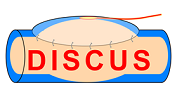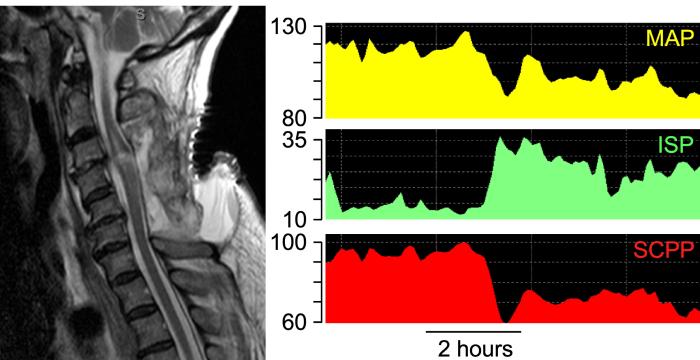Duroplasty for Injured cervical Spinal Cord with Uncontrolled Swelling - DISCUS
DISCUS is an emergency spinal neuro surgery randomised controlled trial for Traumatic Spinal Cord Injury (TSCI). DISCUS recruits from major trauma centres and follows them up at rehab - Spinal Injury Centres. DISCUS compares surgery including laminectomy plus duroplasty to surgery including laminectomy.
Acute traumatic spinal cord injury is a devastating condition that causes permanent disability (paralysis, numbness) and other complications such as chest and urine infections, pressure ulcers and loss of bladder and bowel control. After the injury, the spinal cord swells and the pressure inside the cord rises, which obstructs the flow of blood to the injury site, causing further damage. Surgery aims to straighten and fix the spine with screws and rods to reduce pressure on the injured cord. Based on our research, we think that the tough membrane around the spinal cord (dura) is a major, but unappreciated, cause of cord pressure after injury. We have shown in a small study of patients that performing dural decompression (duroplasty) safely and effectively reduces pressure on the injured cord. A similar operation is routinely used to decompress the swollen brain after brain injury, but, for spinal cord injury, standard treatment is surgery on the spine without duroplasty.
DISCUS will investigate whether duroplasty helps improve patient outcomes after spinal cord injury. We predict that patients who had standard treatment plus duroplasty will have better outcomes than those who had standard treatment alone.
Co-Funded by NIHR EME and Wings for Life. Supported by the Spinal Injury Association.

